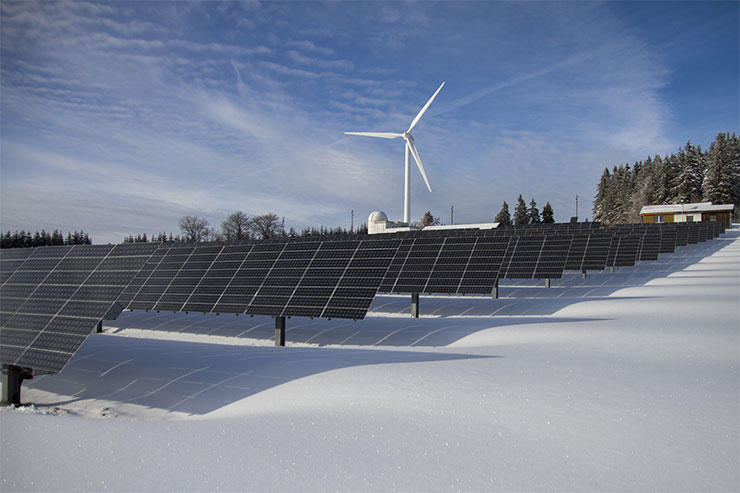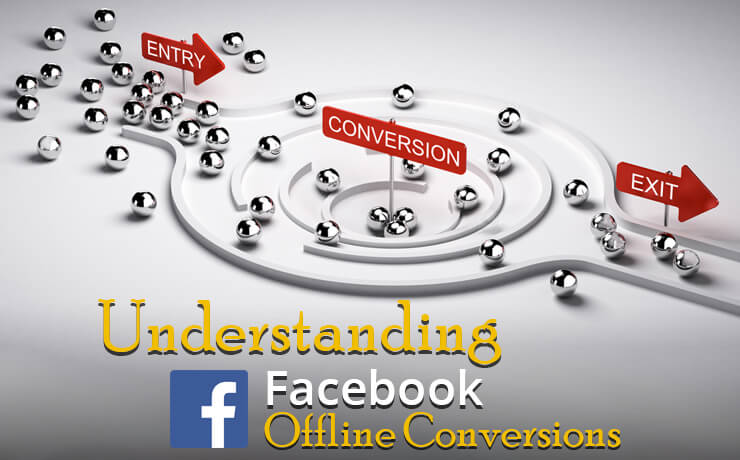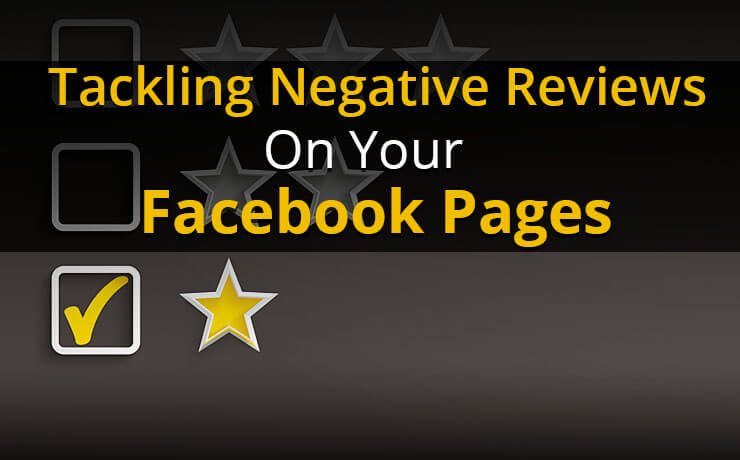Digital Marketing For The Solar Industry in 2023 & Beyond

SmartSites

Before I dive into this article, let me provide some context. I’ve been working in renewable energy since 2011, with experience at both Tesla and various startups here in California.
With a decade of experience in this industry, I’ve witnessed how technology continually evolves, and it’s essential that digital marketing strategies evolve with it. In this article, I’d like to share some tips and insights on adapting the solar industry to our current digital landscape.
Redefining Solar in the Digital Age
My foremost recommendation (if applicable) is to avoid referring to solar as a new technology. Whether in ad copy, blogs, emails, etc., solar energy was hardly a new technology when Jimmy Carter put it on top of the White House. It dates back to the 7th Century BC, and yet we treat the ’80s and ’90s as the era of “early adopters.” While newer technologies like energy storage and smart energy management have been integrated with solar, it’s crucial to recognize that the market is saturated, leading to informed homeowners.
The Role of Education and Transparency
The days of uneducated homeowners are behind us, particularly in California, where we sometimes receive upwards of three solar salespeople (canvassers) at our door each week. Homeowners are now well-informed about whether solar is right for them. The best approach is to educate people about their options based on their location. Transparency is key, and how you convey this in your advertisements, blogs, email campaigns, and so on is vital.
Understanding Local vs. National Market Needs
Location is key. Like anything, right? Whether you’re a local or a national solar/energy brand, you need to understand the specific markets you want to serve. Within a twelve-mile radius of my location in Northern California, there are three major utilities. For one of them, it’s essential that homeowners adopt solar due to escalating Time of Use charges. Another utility is municipally operated, making solar highly favorable to homeowners, with numerous support programs. The third utility is publicly owned, leading to low rates, and most new homes come pre-equipped with solar, while it’s not advantageous to retrofit older homes with solar. As a business owner, you must comprehend your markets.
This task is admittedly easier for local solar companies, but larger national brands must realize that local companies have the upper hand in understanding their markets and effective communication. It’s critical to adapt to market location and decide whether to target homeowners, home builders, or neither. While local businesses may better understand their market, they will typically be at a disadvantage from a budgetary standpoint vs. their national counterparts.
Navigating the Timelines in Solar Projects
Timing is key. Solar projects can take upwards of 6+ months to complete due to permitting, the need for a new roof, scheduling conflicts, and other factors. It’s imperative for both small local companies and national brands to calculate their return on ad spend with the right timetable in mind. Don’t be quick to shift marketing spending based on what might seem like “seasonality” but is often a logistics and timing miscalculation. A lead generated in October may be funded in March of the following year. Understand your actual seasonality trends and leverage them to your advantage.
Transparency and Honesty in Solar Advertising
Last but not least, it’s essential to be transparent and honest about options in your advertisements. I’ve observed many instances where “Power Purchasing Agreements” or various leasing options were used to sell to clients who couldn’t afford to purchase solar outright, but the company failed to communicate the drop in incentives or tax credits for lease agreements. This lack of transparency has led to distrust in the industry, and companies cannot afford to accumulate negative reviews. Be forthright in your ads. Clearly communicate all incentives available based on the client’s location, or outline your leasing options. Trust leads to referrals.
The Power of Integrity in the Solar Industry
In California alone, there are over 2,000 registered solar companies, and over 11,200 in the U.S. Regardless of your location, your most significant advantage is honesty and transparency throughout the solar/renewable energy process.
 Free
Consultation
Free
Consultation Free
Google Ads Audit
Free
Google Ads Audit







